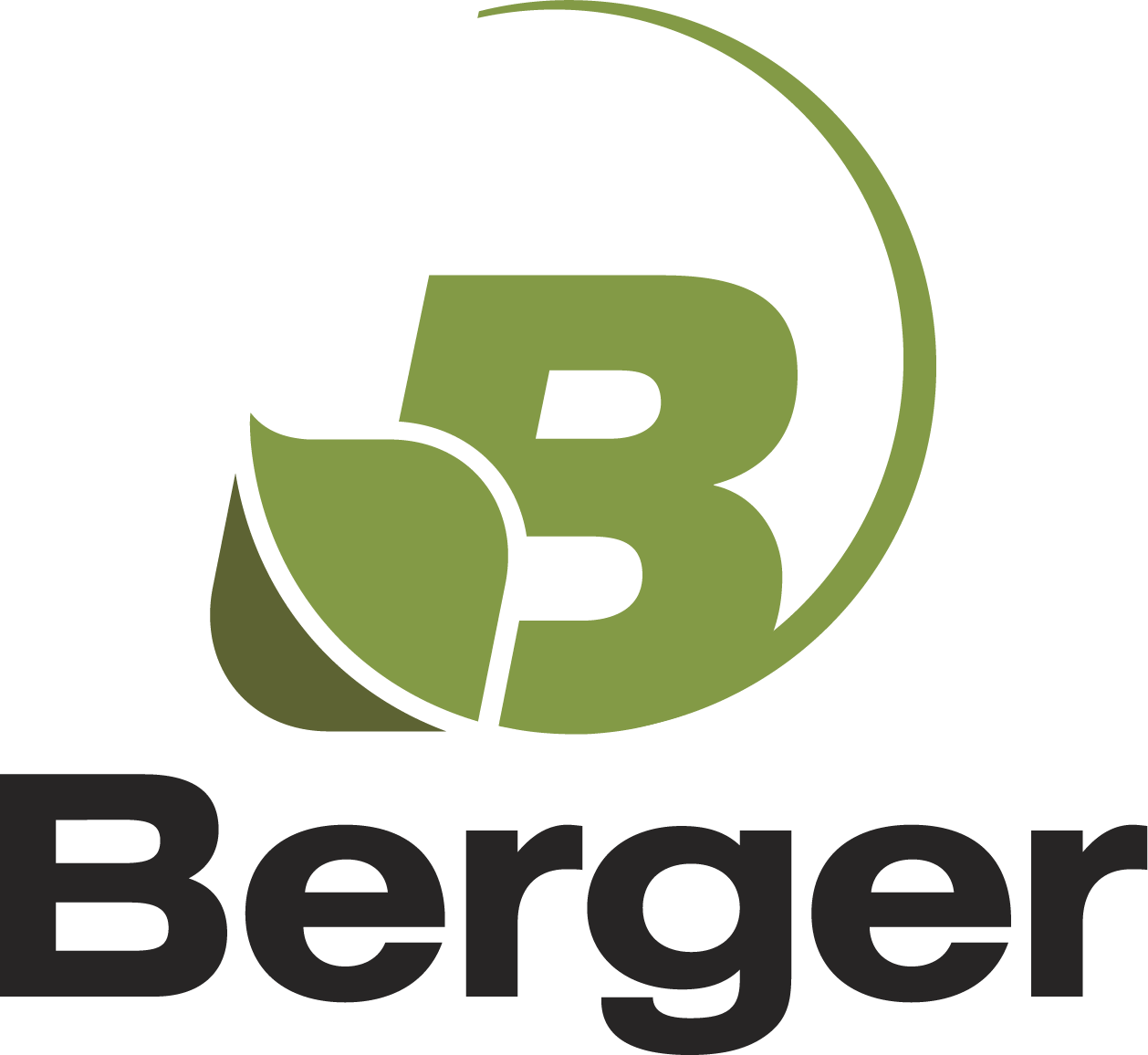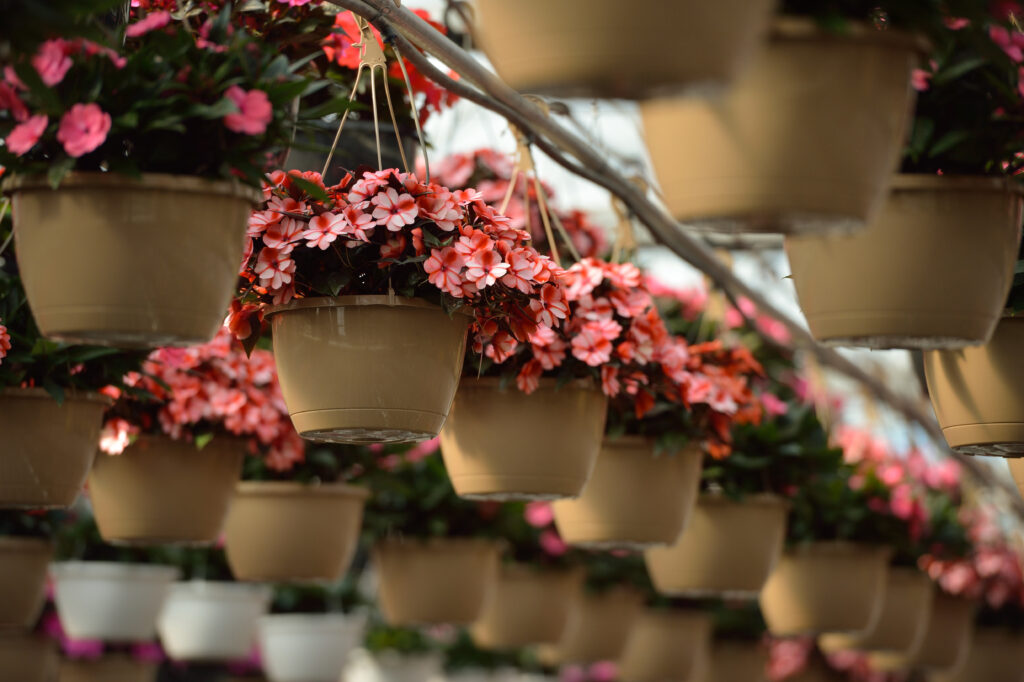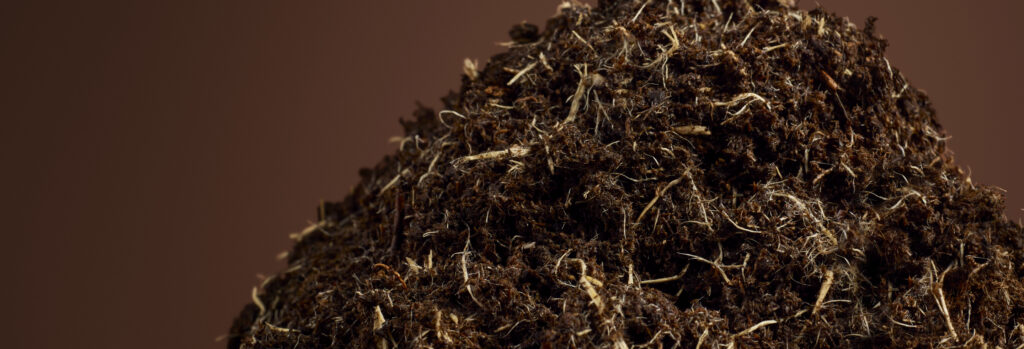How to Choose the Right Growing Mix for Vegetable Transplants
Author: Harold Sagastume
Seedling production begins with one priority: creating the right environment for healthy, uniform growth. Each component in the growing mix must support early development and give plants a strong start that carries through the entire production cycle.
Every detail in a production system matters from the choice of seeds to the setup of the greenhouse. One of the most important factors in the early stages of growth is the choice of growing mix, which directly influences root development and overall plant health. Selecting high-quality components for transplant mixes ensures the right balance of structure, moisture, and nutrition. Since growing mixes also carry chemical and microbial characteristics, growers should rely on suppliers they trust to deliver consistency and safety.
Below we have outlined some of the most important qualities to look for in a transplant mix for vegetable crops:
Desired Qualities in a Vegetable Transplant Mix
- The mix should retain its structure and properties over time.
- It should not break down quickly.
1.Physical and Chemical Stability
- Encourages proper gas exchange in the root zone.
- Supports healthy root development.
- Prevents substrate compaction.
2.Good Aeration
- Keeps enough moisture without waterlogging.
- Ensures seedlings have consistent access to water and nutrients.
3.Appropriate Water-Holding Capacity
- Prevents excess water that can lead to root rot.
- Essential for reducing the risk of plant diseases.
4.Efficient Drainage
- Makes handling and transplanting easier.
- Promotes uniform plant growth.
5.Light and Uniform Texture
- Excess salts can harm young roots.
- The mix should have low electrical conductivity (EC).
6.Low Soluble Salt Content
- May include controlled-release fertilizers or nutrient-rich organic base materials.
- Should ideally have a pH between 5.5 and 6.5, depending on the crop.
7.Proper Nutrient Content
- Minimizes the risk of seedling diseases.
- Should come from a reputable supplier.
8.Free from Pathogens, Pests, and Weed Seeds
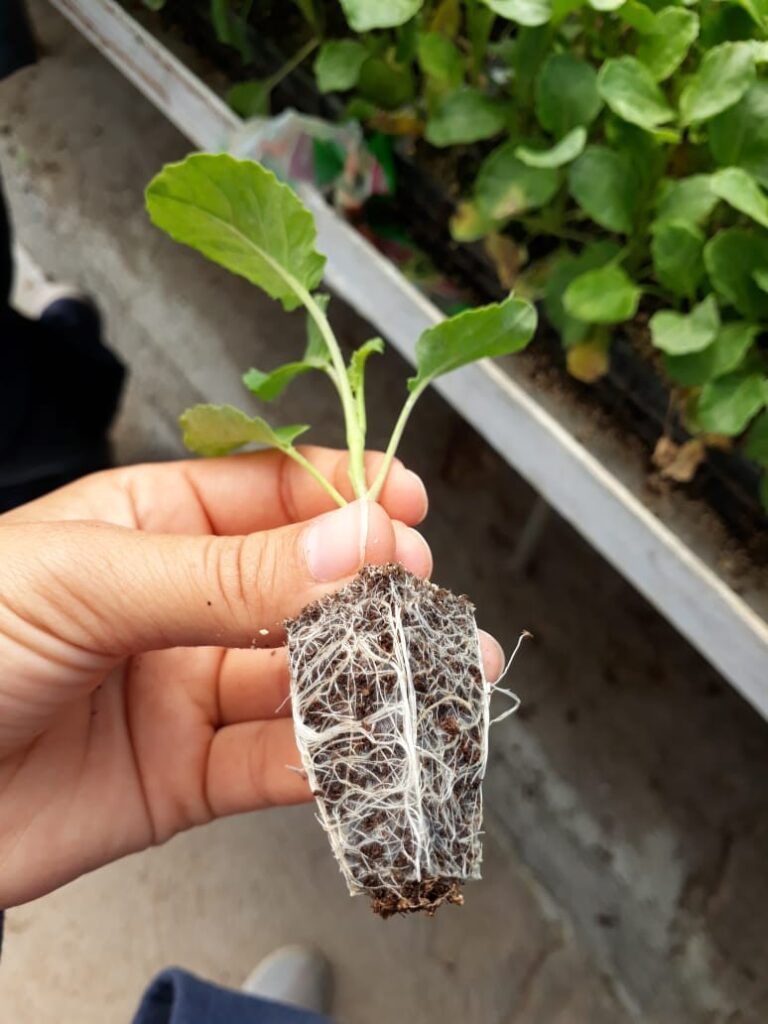
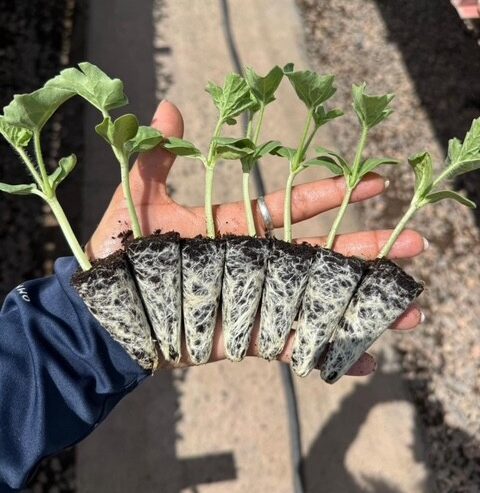
Common Components in Vegetable Transplant Mixes
A well-balanced transplant mix relies on complementary materials that work together to support healthy seedling development. Each component brings specific physical and chemical benefits that contribute to strong root systems, consistent moisture management, and easy handling during production.
- Peat moss (high water-holding capacity and good structure)
- Perlite or vermiculite
- Wood fiber
- Coconut fiber (among others)
These components can be blended in varying proportions depending on crop type, climate, irrigation method, and production goals. The right combination leads to a transplant mix that delivers consistency, performance, and healthier starts.
Investing in high-quality substrate mixes is essential because every component plays a critical role in early plant development, peat moss retains moisture and supports structure, perlite and/or wood fiber improve aeration and drainage, and nutrient sources provide the foundation for healthy, vigorous growth. At Berger, each ingredient is selected and blended to deliver consistent performance, giving growers a reliable mix that promotes strong root systems, uniform transplants, and faster crop cycles making every stage of production more efficient and more successful.
